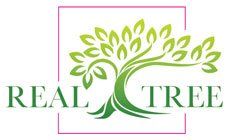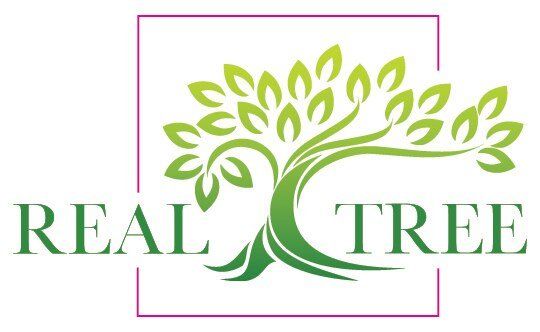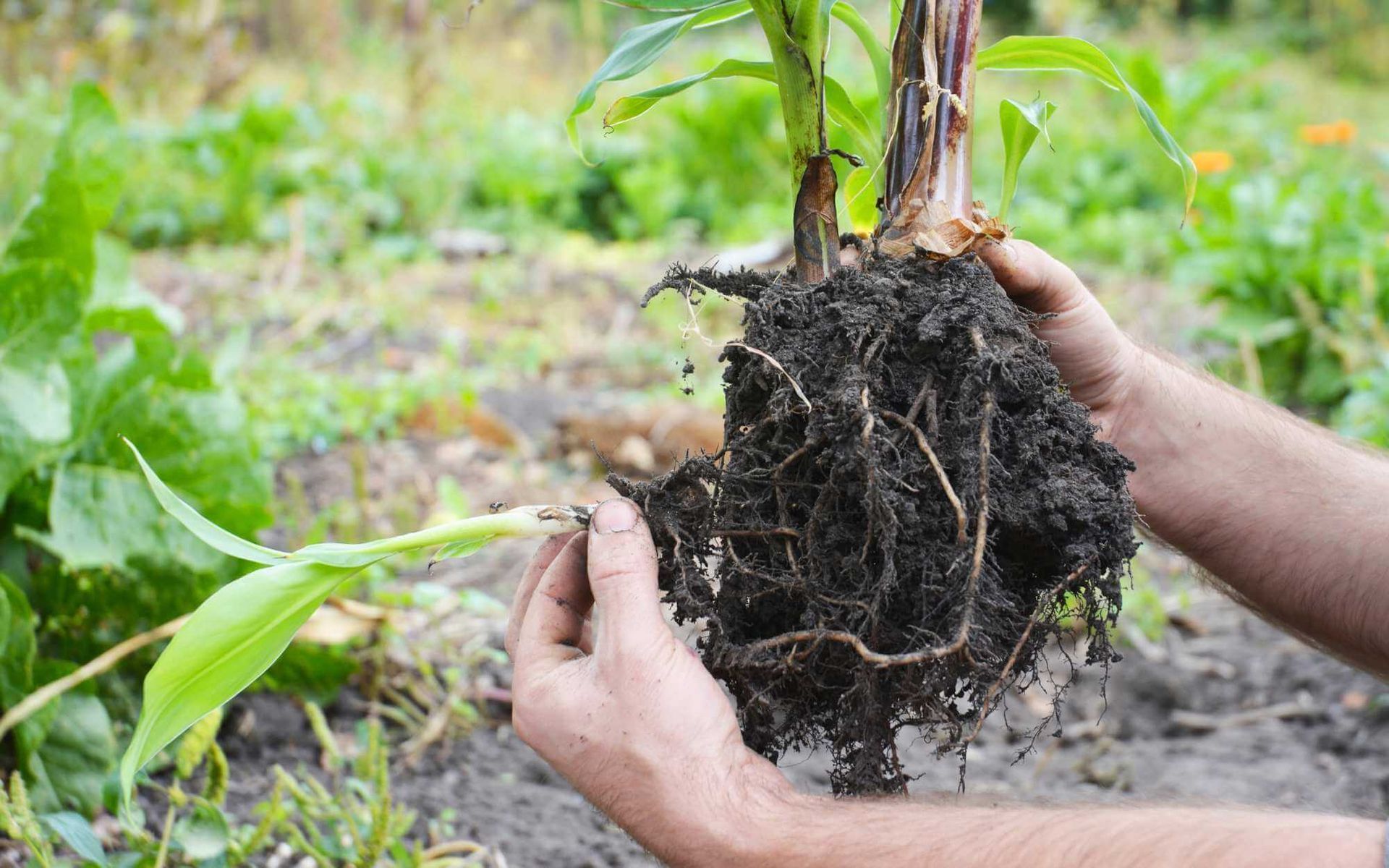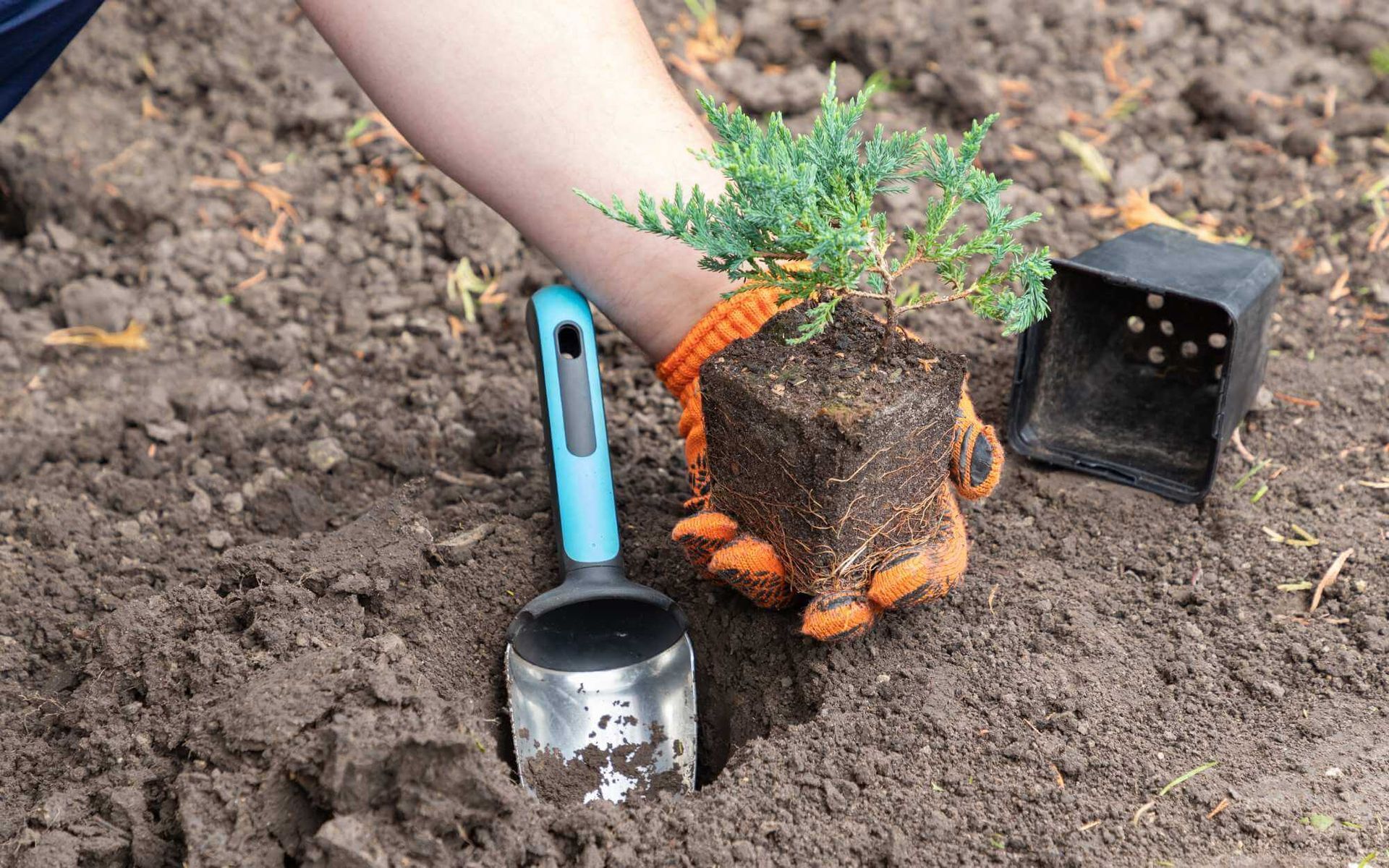Real Tree Team
Arborist, Tree Service and Tree Removal Services
License #: FL-10250A
CALL FOR A FREE QUOTE!
Proactive Steps for Insect Pest Infestation Prevention
PUBLISHED ON
SHARE THIS ARTICLE
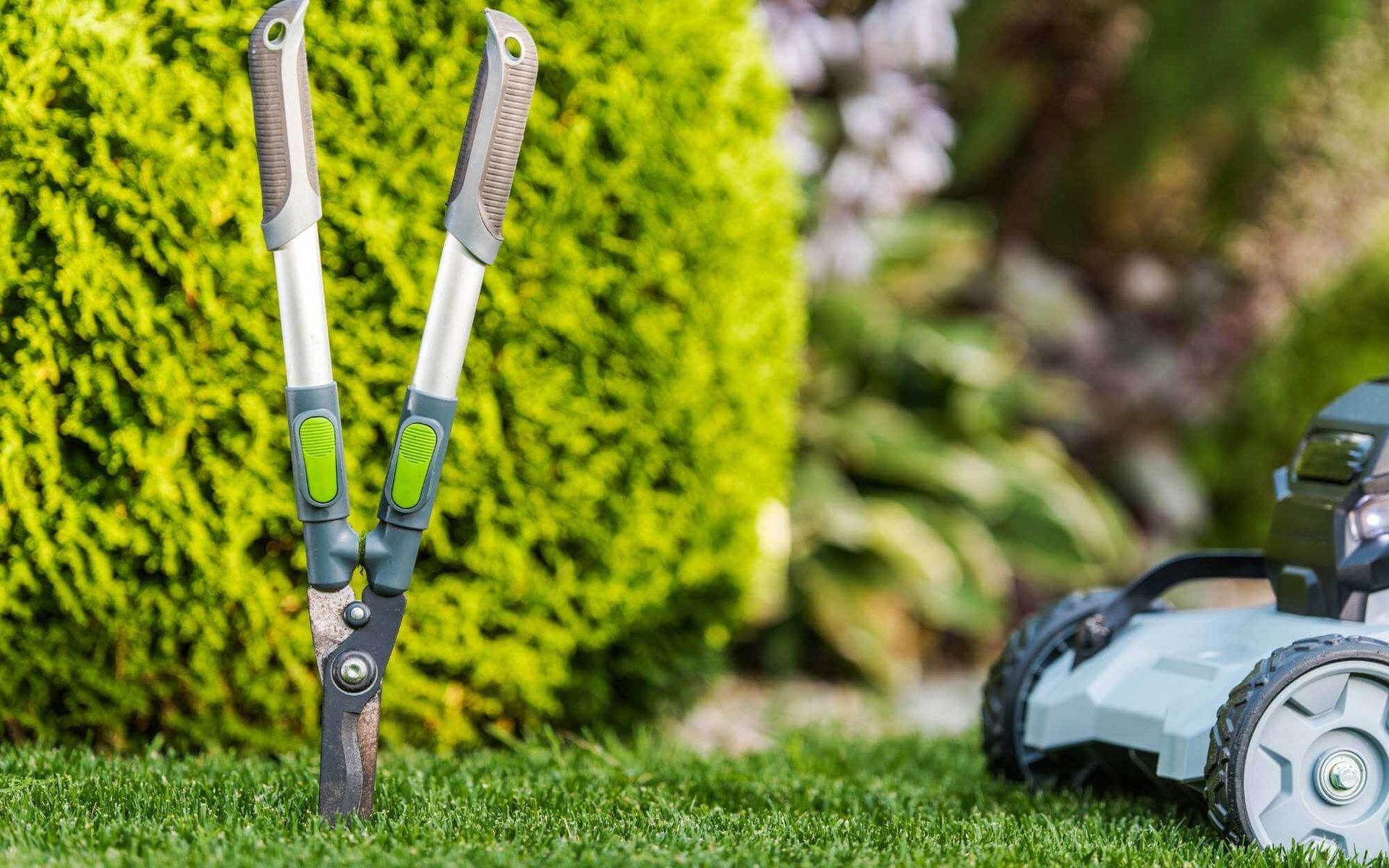
Invasions of pesky pests in various tree species can wreak havoc on our homes and gardens. More than a mere nuisance, these small invaders often bring harmful diseases, damage property, and lead to costly repairs. The importance of tree pest infestation prevention cannot be overstated for maintaining a safe, healthy living environment.
This blog aims to shed light on proactive tree care steps that homeowners can take towards preventing these infestations. By understanding the potential threats, spotting early warning signs, and implementing preventative measures, we can keep our spaces pest-free and enjoy peace of mind.
Stay tuned as we delve into practical, straightforward strategies to ward off these unwelcome guests and keep trees and shrubs healthy.
Maintaining Cleanliness and Hygiene
Regular cleaning and decluttering play a pivotal role in preventing pest infestations. By eliminating food scraps and reducing clutter and weed, we remove potential nesting spots and food sources for insects. Moreover, proper waste management, encompassing regular rubbish disposal and sealed bins, discourages pests from gathering.
Another crucial strategy is eliminating standing water sources, such as overflowed plant pots or blocked gutters, as these serve as breeding grounds for mosquitoes and other insects. Don't forget to prune trees regularly.
Being diligent about cleanliness and sanitation, combined with effective waste and water management, can significantly decrease the likelihood of an insect invasion, safeguarding our homes and gardens from potential damage and disease.
Implementing Physical Barriers
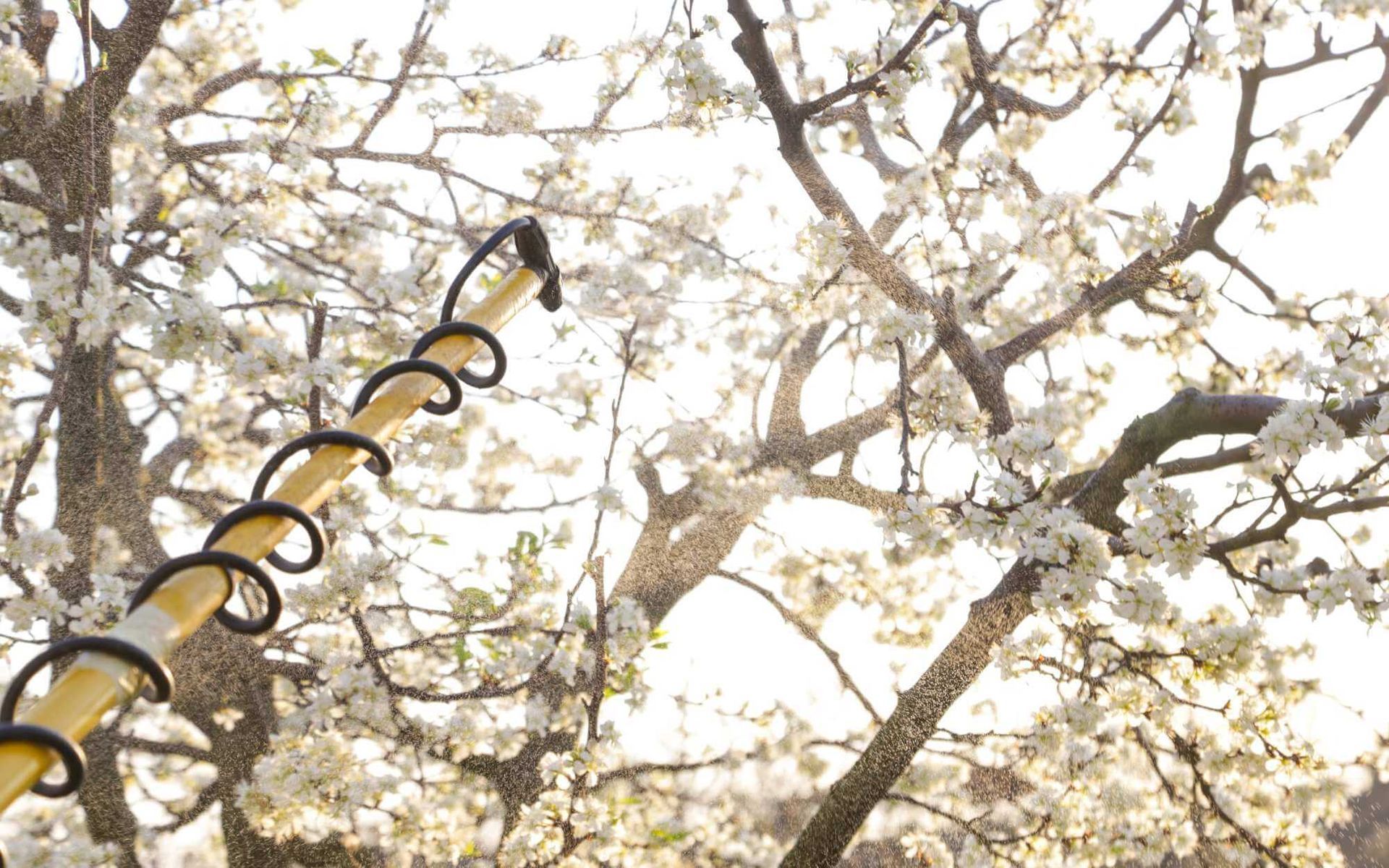
Implementing physical barriers is a vital preventative measure against insect invasions.
Sealing cracks and gaps in doors and windows eliminate entry points for pests, ensuring your home remains secure. Door sweeps and weatherstripping further enhance this security, blocking potential ground-level access points.
Additionally, installing screens and meshes on windows and ventilation openings is a practical solution, providing a barrier that allows airflow while preventing insects from entering. In conjunction with other preventative measures, these physical deterrents create an unapproachable environment for pests, significantly reducing the risk of infestation.
By being proactive and vigilant with these strategies, we can protect our living spaces from unwanted insect intruders.
Organic Insect Infestation Control Methods
Companion planting is a natural pest control method where certain plants are grown together to deter pests. For instance, marigolds can repel nematodes and other insects. Using beneficial insects, like ladybugs and lacewings, is another organic strategy. These insects feed on pests, maintaining a balanced ecosystem.
Homemade repellents and traps are also effective. A simple mixture of water, dish soap, and essential oils like peppermint or eucalyptus can deter many insects.
Traps, such as a jar filled with apple cider vinegar and a few drops of dish soap, can attract and trap fruit flies.
These pest management methods are eco-friendly, cost-effective, and help keep your trees healthy naturally.
Regular Inspection and Early Detection
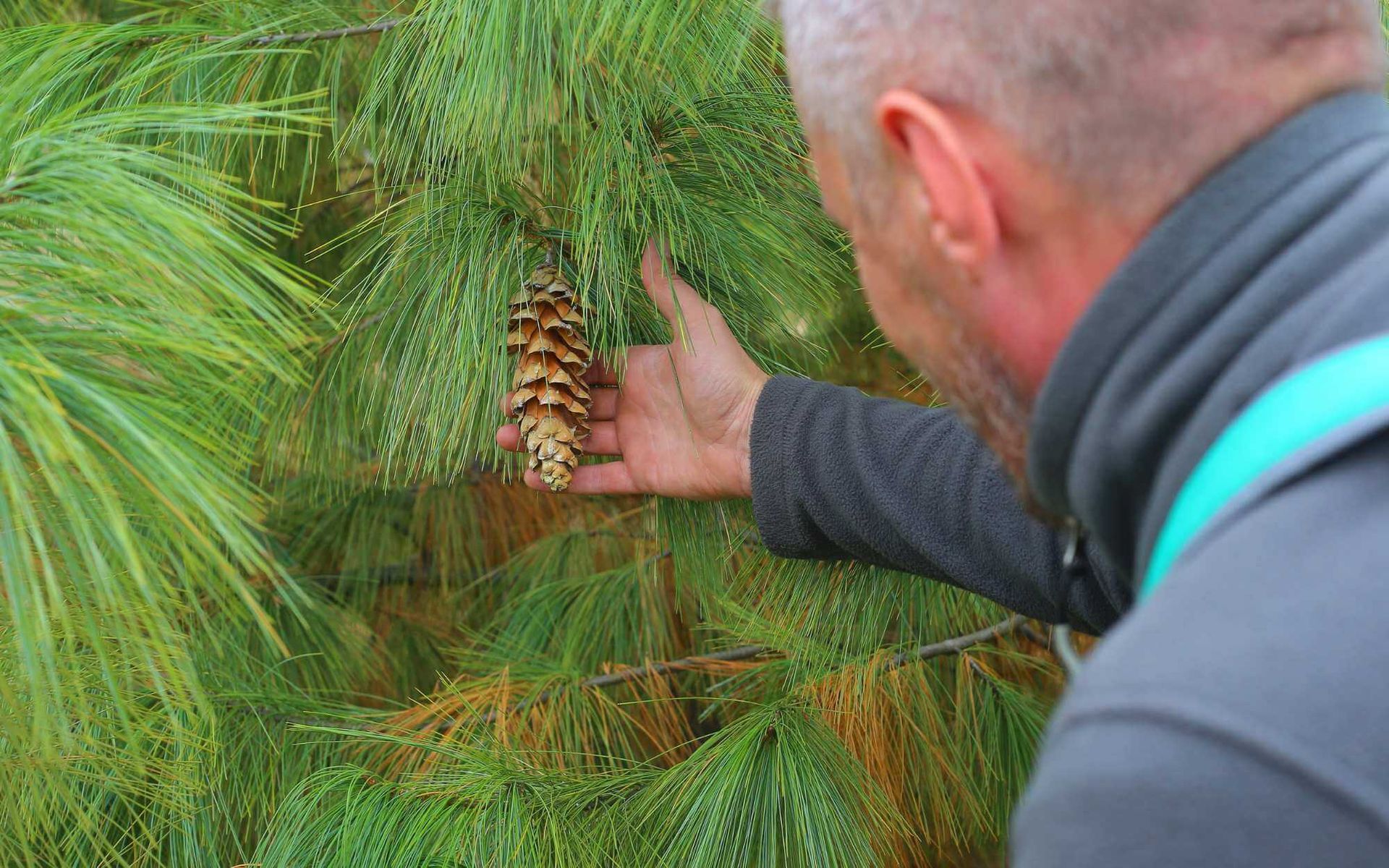
Monitoring your living spaces for signs of infestation is crucial in early detection. Keep an eye out for common indicators such as droppings, damaged plants, unusual noises, or insect sightings.
Inspect hidden or hard-to-reach areas regularly to spot early signs of infestation. If you notice any signs, it's critical to promptly address these issues, using either DIY methods or commercial pesticide or insecticide products. However, if the infestation is widespread or persists despite your efforts, don't hesitate to seek help from a certified arborist.
Pest control tree services possess the expertise and tools to effectively eliminate infestations, ensuring your home remains a safe, pest-free haven.
Remember, timely action can prevent small problems from escalating into significant issues.
Educating and Empowering
Spreading awareness about pest prevention methods is invaluable. By educating through workshops and informational campaigns, we can empower individuals to take proactive, preventive steps. Making resources available—be it in the form of pamphlets, online blogs, or tutorial videos—can help people understand and implement strategies effectively.
Moreover, encouraging community involvement is crucial. Organizing neighborhood clean-up drives or developing community gardening initiatives not only fosters a united, pest-free environment but also promotes a sense of shared responsibility.
Therefore, education, resource provision, and community involvement all play essential roles in comprehensive, effective pest prevention.
Embracing Proactive Pest Prevention for Optimal Tree Health
In the journey towards pest-free environments, proactive steps like maintaining cleanliness, implementing physical barriers, using natural pest control methods and conducting regular inspections for prevention and treatment, and fostering education are crucial.
Embrace these strategies to safeguard homes from tree diseases and insects that pose threats to our health and property.
Don't hesitate to take timely action at the first sign of pest and disease and seek help from our
certified arborists when needed. Together, let's protect trees from insects and pests and foster healthier homes and communities.
Want a free quote or some friendly advice? Call our team today:
More Posts From The Real Tree Blog:
ISA Certified Arborists. Licensed, Insured and Bonded.
Providing the Highest Quality Tree Services to South Florida since 1993.
FOLLOW US ON :
Contact Details
BROWARD & PALM BEACH COUNTIES
Site Links

LGBTQ+ Friendly
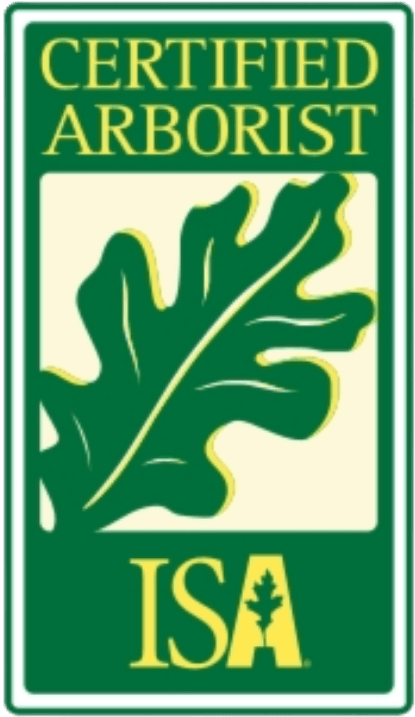
ISA Certified Arborist®
FL-10250A
| Real Tree Trimming & Landscaping, Inc
